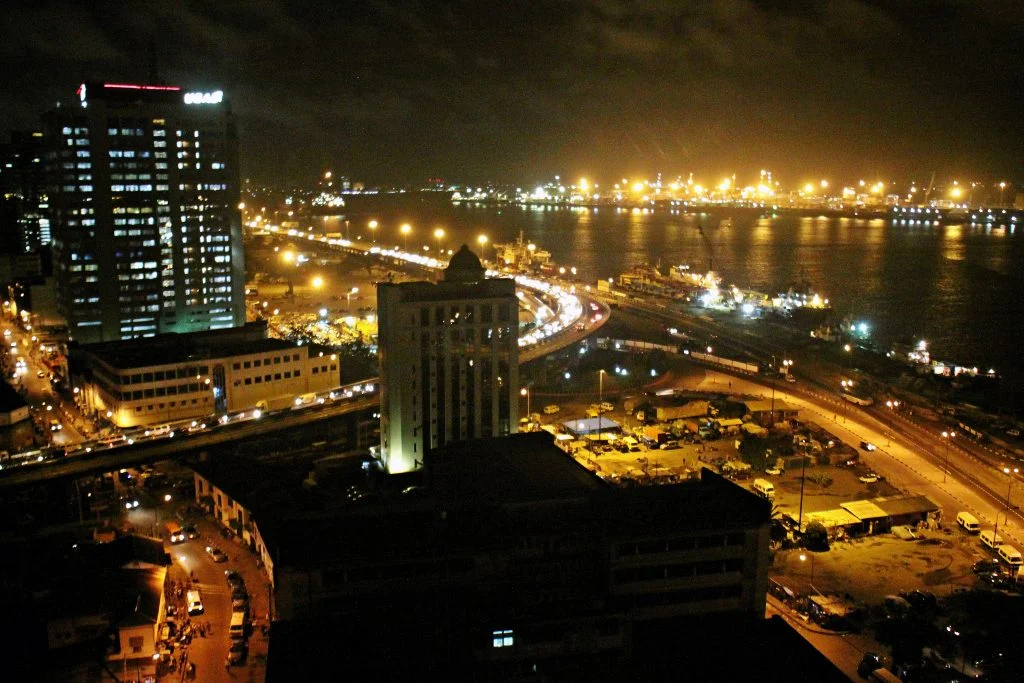
Imo, Ebonyi Top List Of Most Expensive States To Live In Nigeria In January 2025
Imo and Ebonyi States top the list of most expensive states to live in Nigeria in January 2025 which is attributed to persistent increases in food prices and essential commodities
Nigeria’s headline inflation rate has dropped to 24.48% year-on-year in January 2025, following the rebasing of the Consumer Price Index (CPI), according to data released by the National Bureau of Statistics (NBS).
However, despite the methodological change, regional disparities in the cost of living persist, with some states remaining significantly more expensive than others according to a report by Nairametrics.
Below is a ranking of the 10 most expensive states in Nigeria as of January 2025:
10. Kano
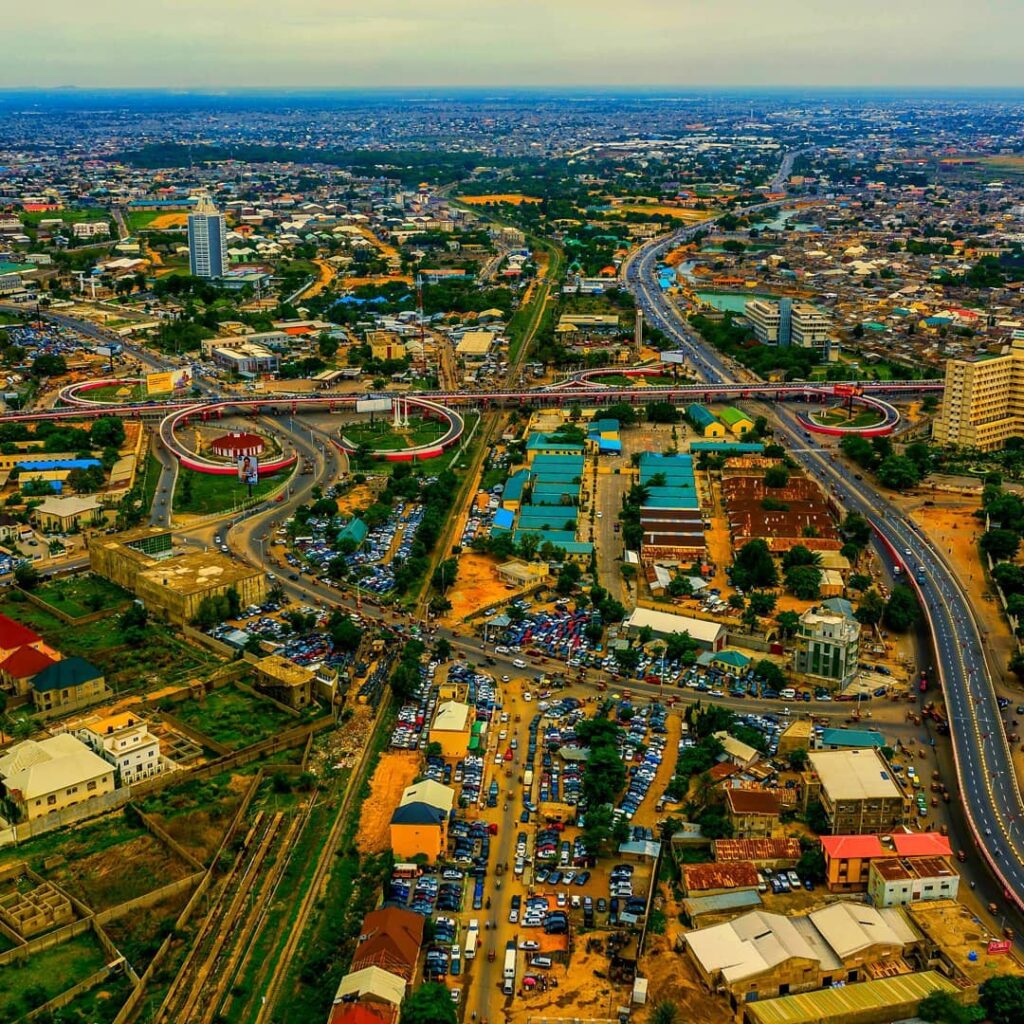
Kano ranks as the tenth most expensive state in Nigeria, with an all-items inflation rate of 12.51 per cent in January 2025, a sharp decline from the previously recorded 35.81 per cent in December 2024. Food inflation in the state also fell significantly from 40.39 per cent to 12.34 per cent following the rebasing. The drastic reduction in these figures reflects the NBS’s adjustment in the CPI methodology, which now incorporates a broader and more representative consumption basket. Despite the changes, Kano remains one of the priciest states, with food prices and general living expenses still exerting pressure on household incomes.
9. Borno
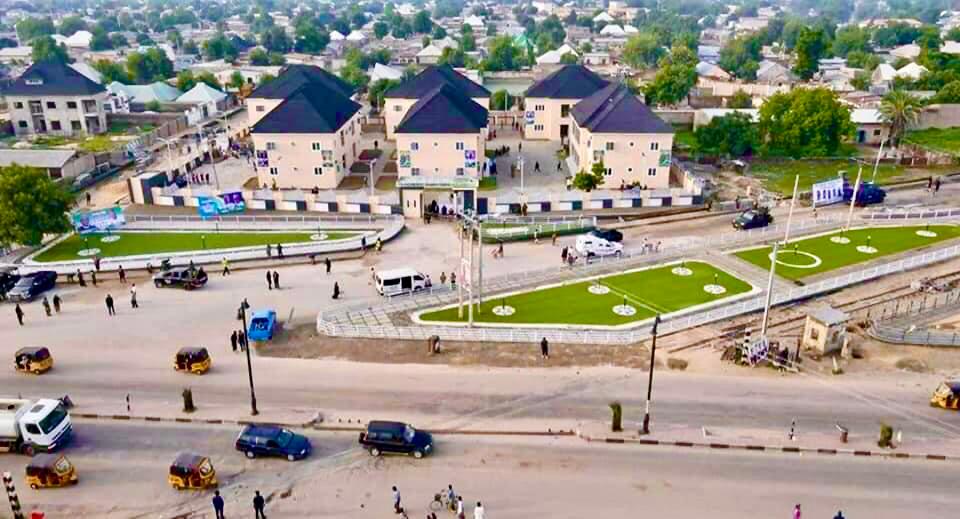
Borno is the ninth most expensive state, with an all-items inflation rate of 12.52 per cent in January 2025, down from 32.05 per cent recorded in December 2024. Food inflation experienced an even sharper decline, dropping from 41.69 per cent to 10.49 per cent within the same period. However, persistent supply chain disruptions, exacerbated by security challenges in the region, continue to push up costs, keeping Borno among the most expensive states despite the methodological adjustments.
8. Zamfara

Zamfara’s all-items inflation rate fell from 39.63 per cent in December 2024 to 13.82 per cent in January 2025, while food inflation dropped from 46.39 per cent to 11.81 per cent. The state has historically recorded high inflation figures due to logistical challenges affecting the distribution of goods, particularly food items. Food remains a major cost driver in the state, and despite the lower reported inflation, affordability remains a key concern for residents.
7. Rivers
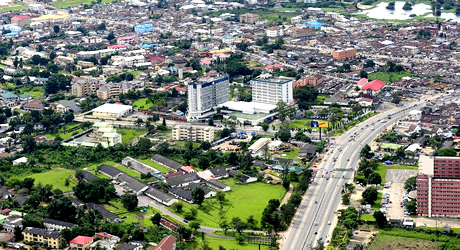
Rivers State remains one of the costliest states in Nigeria, with an all-items inflation rate of 13.84 per cent in January 2025, a decline from 33.32 per cent in December 2024. Food inflation also dropped from 35.43 per cent to 12.27 per cent over the same period. As a major oil-producing state, Rivers experiences higher living costs, particularly in services and housing. The cost of essential services, particularly accommodation and transport, remains a significant burden on residents.
6. Enugu
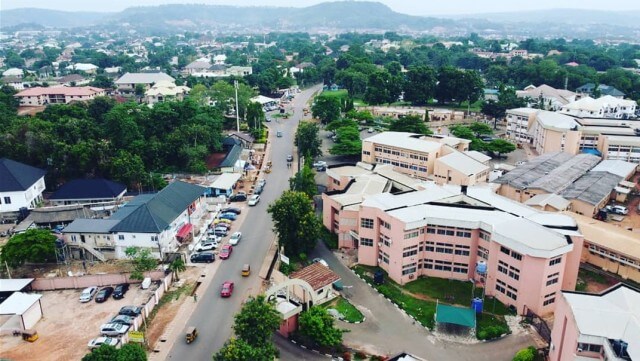
Enugu ranks sixth among Nigeria’s most expensive states, with an all-items inflation rate of 14.69 per cent in January 2025, compared to 34.68 per cent in December 2024. Food inflation also saw a considerable decline, dropping from 43.15 per cent to 14.40 per cent. Enugu’s cost of living is primarily driven by rising food prices and increasing housing costs, which remain elevated despite the rebasing.
5. Kaduna
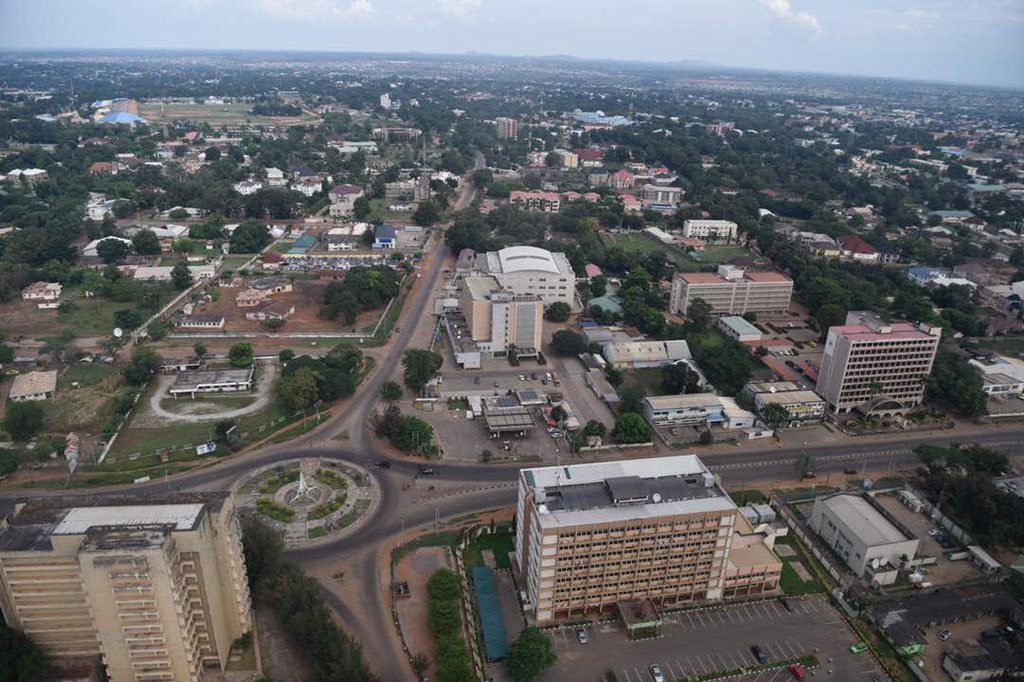
Kaduna’s inflation rate for all items stood at 14.82 per cent in January 2025, a decline from 36.44 per cent in December 2024. Food inflation followed a similar trend, falling from 42.21 per cent to 13.83 per cent. The rebasing exercise significantly impacted Kaduna’s reported figures, aligning them more closely with current consumption trends. However, essential goods and services continue to see price increases, making the state one of the most expensive places to live despite the lower official inflation numbers.
4. Abia
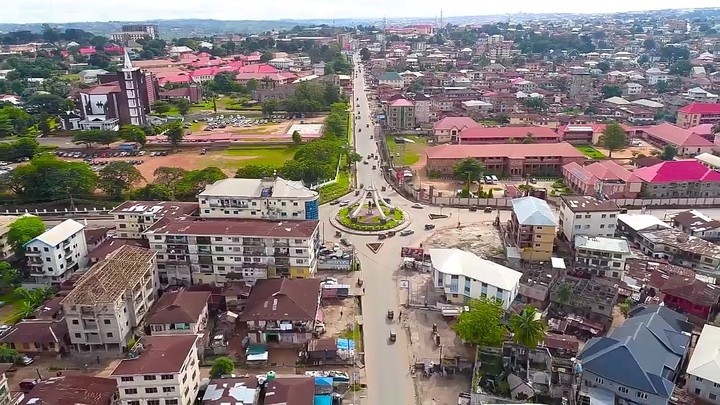
Abia recorded an all-items inflation rate of 15.38 per cent in January 2025, down from 36.18 per cent in December 2024. Food inflation in the state also saw a substantial drop, falling from 42.79 per cent to 15.21 per cent. The state’s cost of living has remained high due to persistent increases in the prices of essential goods and services.
3. Katsina
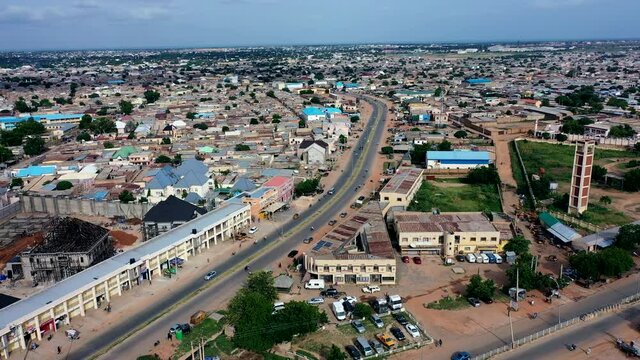
Katsina ranks third on the list, with an all-items inflation rate of 15.99 per cent in January 2025, down from 28.33 per cent in December 2024. Food inflation dropped from 37.12 per cent to 13.61 per cent following the rebasing. The state saw one of the largest declines in reported inflation due to the new weighting structure. However, the cost of food remains a major concern, with price pressures persisting despite the lower headline inflation figures.
2. Ebonyi
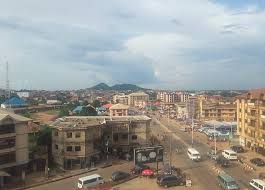
Ebonyi remains one of Nigeria’s most expensive states, with an all-items inflation rate of 16.13 per cent in January 2025, compared to 34.90 per cent in December 2024. Food inflation, which was previously at 42.79 per cent, declined to 16.88 per cent. The state’s high food prices and increasing cost of essential services contribute to its elevated position on the list. While the rebasing exercise adjusted the inflation metrics, the underlying price trends indicate that Ebonyi remains an expensive place to live.
1. Imo
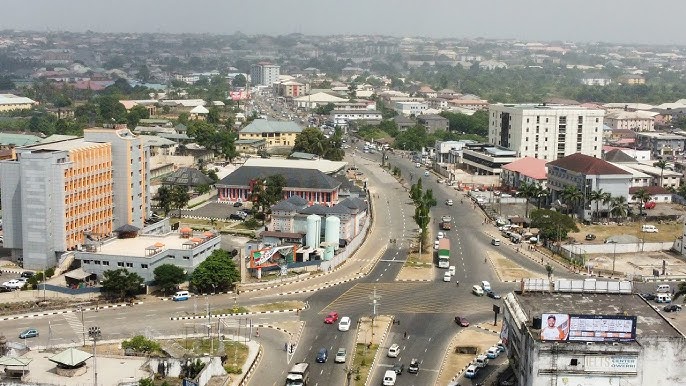
Imo is the most expensive state to live in Nigeria as of January 2025, with an all-items inflation rate of 17.77 per cent, a decline from 29.99 per cent recorded in December 2024. Food inflation also dropped from 36.33 per cent to 16.80 per cent following the rebasing. The high cost of living in Imo is driven by persistent increases in food prices and essential commodities.
About Author
Discover more from BillionBill
Subscribe to get the latest posts sent to your email.